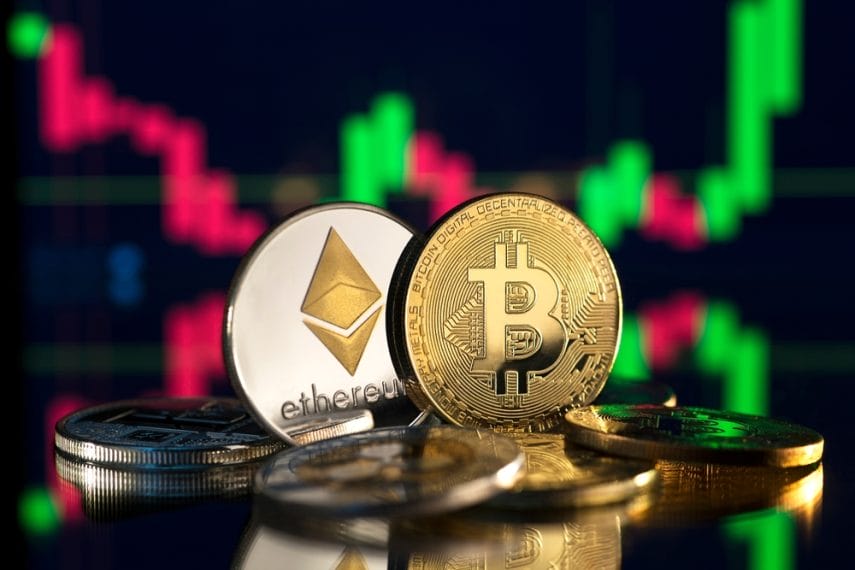Cryptocurrency
Transactions are put together in groups called blocks. The blocks are organized in a chronological sequence called the blockchain. Blocks are added to the chain using a mathematical process that makes it extremely difficult for an individual user to hijack the blockchain https://techinapk.com/. The blockchain technology that underpins Bitcoin has attracted considerable attention, even from skeptics of Bitcoin, as a basis for allowing trustworthy recordkeeping and commerce without a central authority. Blockchain technology is also critical to NFTs (non-fungible tokens), which are often paid for with cryptocurrency.
For instance, the public can see that a transaction has taken place or a piece of information has been recorded. But they may not be able to see the identities of those involved in the transaction or, in certain cases, the contents of the transaction.
The EU defines crypto assets as “a digital representation of a value or of a right that is able to be transferred and stored electronically using distributed ledger technology or similar technology.” The EU regulation Markets in Crypto-Assets (MiCA) covering asset-referenced tokens (ARTs) and electronic money tokens (EMTs) (also known as stablecoins) came into force on 30 June 2024. As of 17 January 2025, the European Securities and Markets Authority (ESMA) issued guidance to crypto-asset service providers (CASPs) allowing them to maintain crypto-asset services for non-compliant ARTs and EMTs until the end of March 2025.
The rise in the popularity of cryptocurrencies and their adoption by financial institutions has led some governments to assess whether regulation is needed to protect users. The Financial Action Task Force (FATF) has defined cryptocurrency-related services as “virtual asset service providers” (VASPs) and recommended that they be regulated with the same money laundering (AML) and know your customer (KYC) requirements as financial institutions.

Cryptocurrency bitcoin price
On the flip side, countries like China have moved to heavily clamp down on Bitcoin mining and trading activities. In May 2021, the Chinese government declared that all crypto-related transactions are illegal. This was followed by a heavy crackdown on Bitcoin mining operations, forcing many crypto-related businesses to flee to friendlier regions.
The top crypto is considered a store of value, like gold, for many — rather than a currency. This idea of the first cryptocurrency as a store of value, instead of a payment method, means that many people buy the crypto and hold onto it long-term (or HODL) rather than spending it on items like you would typically spend a dollar — treating it as digital gold.
The first chain to launch smart contracts was Ethereum. A smart contract enables multiple scripts to engage with each other using clearly defined rules, to execute on tasks which can become a coded form of a contract. They have revolutionized the digital asset space because they have enabled decentralized exchanges, decentralized finance, ICOs, IDOs and much more. A huge proportion of the value created and stored in cryptocurrency is enabled by smart contracts.

On the flip side, countries like China have moved to heavily clamp down on Bitcoin mining and trading activities. In May 2021, the Chinese government declared that all crypto-related transactions are illegal. This was followed by a heavy crackdown on Bitcoin mining operations, forcing many crypto-related businesses to flee to friendlier regions.
The top crypto is considered a store of value, like gold, for many — rather than a currency. This idea of the first cryptocurrency as a store of value, instead of a payment method, means that many people buy the crypto and hold onto it long-term (or HODL) rather than spending it on items like you would typically spend a dollar — treating it as digital gold.
Cryptocurrency market
The very first cryptocurrency was Bitcoin. Since it is open source, it is possible for other people to use the majority of the code, make a few changes and then launch their own separate currency. Many people have done exactly this. Some of these coins are very similar to Bitcoin, with just one or two amended features (such as Litecoin), while others are very different, with varying models of security, issuance and governance. However, they all share the same moniker — every coin issued after Bitcoin is considered to be an altcoin.
Even though market cap is a widely used metric, it can sometimes be misleading. A good rule of thumb is that the usefulness of any given cryptocurrency’s market cap metric increases in proportion with the cryptocurrency’s trading volume. If a cryptocurrency is actively traded and has deep liquidity across many different exchanges, it becomes much harder for single actors to manipulate prices and create an unrealistic market cap for the cryptocurrency.
Tokens, on the other hand, are crypto assets that have been issued on top of other blockchain networks. The most popular platform for issuing tokens is Ethereum, and examples of Ethereum-based tokens are MKR, UNI and YFI. Even though you can freely transact with these tokens, you cannot use them to pay Ethereum transaction fees.
We calculate a cryptocurrency’s market cap by taking the cryptocurrency’s price per unit and multiplying it with the cryptocurrency’s circulating supply. The formula is simple: Market Cap = Price * Circulating Supply. Circulating supply refers to the amount of units of a cryptocurrency that currently exist and can be transacted with.
